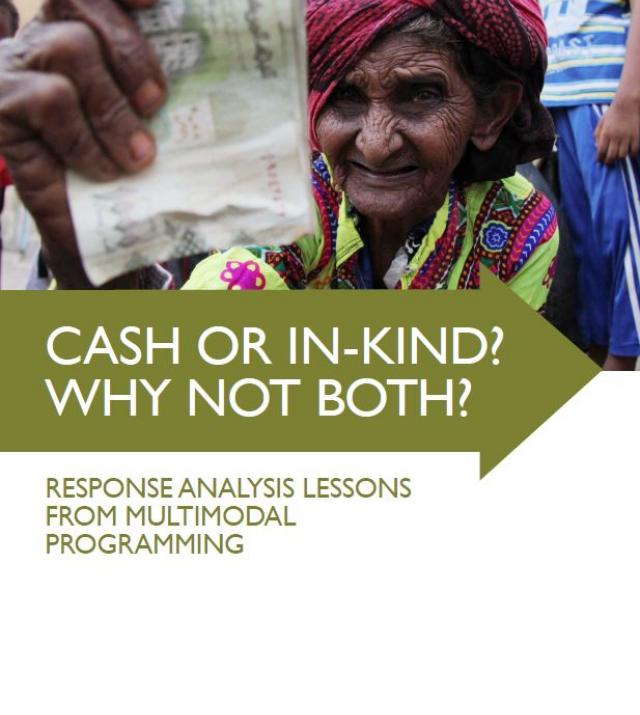
Cash and In-Kind Transfers in Humanitarian Settings

In 2019, the World Food Programme (WFP), through its Office of Evaluation (OEV), launched a new Impact Evaluation Strategy 2019–2026 with an aim to generate a rigorous evidence base that is operationally relevant and useful for WFP programmes. As part of this initiative, centralized impact evaluations involving several countries are now implemented through evaluation “windows” (WFP, 2019). These window-level impact evaluations are developed in alignment with WFP’s key evidence priorities, including cash-based transfers, gender equality, climate change and resilience, and school-based programming. One cross-cutting thematic area across these evidence priorities is the need to create impact evaluation evidence for improving the practice of humanitarian assistance interventions. To this end, in partnership with WFP, the Development Impact Evaluation department (DIME) at the World Bank conducted a systematic literature review of humanitarian assistance programmes and shares the main findings in this report.